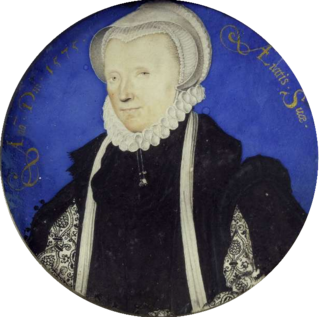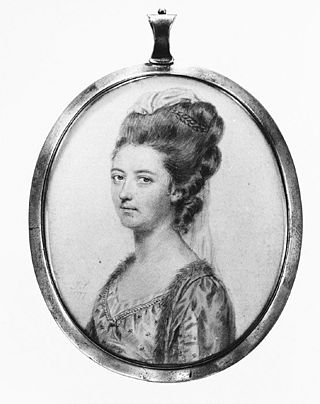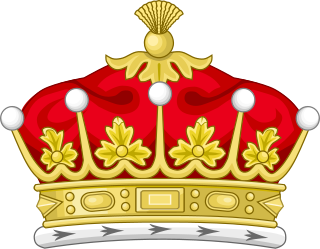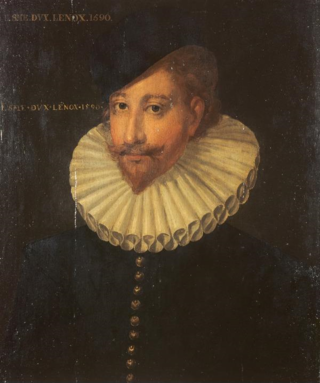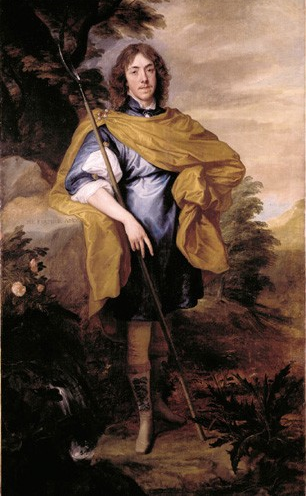Plot
THE CONTENTS OF THE FIRST VOLUME.
SOPHIA.
CHAP. I. The different characters of two sisters.
CHAP. II. The Triumph of the Graces.
CHAP. III. The Young Baronet declares his Passion.
CHAP. IV. In which Harriot makes a very contemptible Figure.
CHAP. V. Sir Charles, by a proper Degree of Address and Assurance, extricates himself from a very pressing difficulty.
CHAP. VI. Sophia entertains Hopes, and becomes more unhappy.
CHAP. VII. Sophia takes a very extraordinary resolution. Mr. Herbert encourages her in it.
CHAP. VIII. Mr. Herbert and Sophia carry their Point with great Difficulty.
CHAP. IX. In which Sophia shews less of the Heroine than the Woman.
CHAP. X. The Description of two Rural Beauties.
CHAP. XI. Sophia makes an interesting Disco|very.
CHAP. XII. The Beginning of a very simple Story.
CHAP. XIII. Dolly continues her Story.
CHAP. XIV. Sir Charles makes his appearance again.
CHAP. XV. Dolly meets her Lover unexpectedly.
CHAP. XVI. Dolly concludes her Story.
CHAP. XVII. Mrs. Darnley and Harriot resolve to visit Sophia.
THE CONTENTS OF THE SECOND VOLUME. SOPHIA.
CHAP. XVIII. Harriot's Artifices produce the desired Effect on the unsuspecting Sophia.
CHAP. XIX. Sophia is agreeably surprised.
CHAP. XX. Mr. Herbert acquaints Sophia with the Result of the Interview between Sir Charles and him.
CHAP. XXI. Sophia is threatened with a new Disappointment.
CHAP. XXII. Sophia suspects the Cause of her Lover's mysterious Conduct.
CHAP. XVI. Sophia is visited by Mrs. Gibbons, and makes new Discoveries.
CHAP. XXIV. Displays certain singularities in the character of Sophia, and their effects on the heart of Sir Charles.
CHAP. XXV. Lets the reader into some circumstances that help to display Sir Charles's conduct.
CHAP. XXVI. The Baronet's Jealousy accounted for: he leaves England.
CHAP. XXVII. Sophia meets with a new Subject of Affliction.
CHAP. XXVIII. The Character of Mrs. Howard.
CHAP. XXIX. Mrs. Howard is taken in her own snare.
CHAP. XXX. Sophia leaves Mrs. Howard.
CHAP. XXXI. Sophia returns to Town, and hears news that reduces her to Despair.
CHAP. XXXII Which leaves Sophia in her former Perplexity.
CHAP. XXXIII. Contains an interesting Discovery.
CHAP. XXXIV. Sophia continues to act romanticly, and Harriot like a Woman who knows the World.
CHAP. XXXV. Harriot visits her mother in her Cottage.
CHAP. XXXVI. Sir Charles appears again upon the Scene.
CHAP. XXXVII. Gives the reader some necessary information.
CHAP. XXXVIII. Sir Charles has an interview with Mr. Lawson.
CHAP. XXXIX. Sophia receives an unexpected Visit.
CHAP. XL. In which the History begins to grow dull.
CHAP. XLI. The History concluded.

